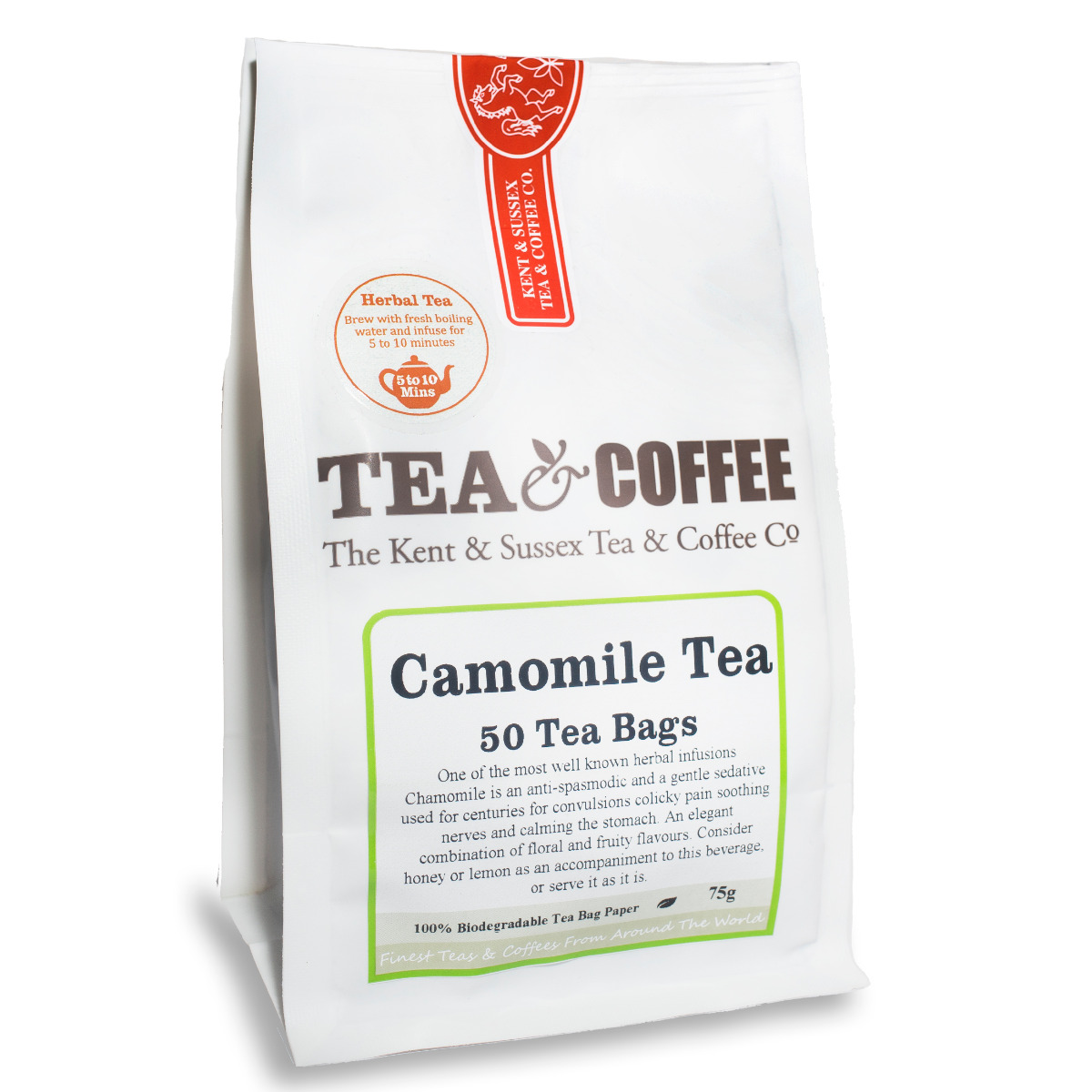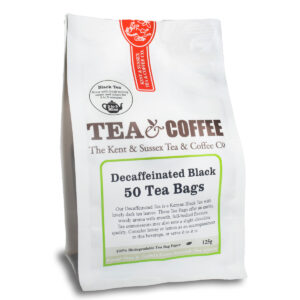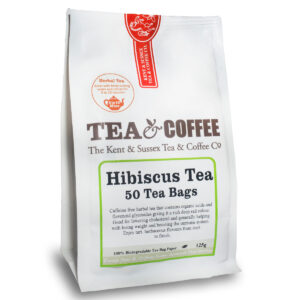Tea Bags
The UK’s passion for tea is unparalleled. Statistics reveal that 165 million cups are enjoyed each day. Remarkably, 96% of these are brewed using tea bags. This highlights their firm place in British daily routines.
This preference is a testament to its timeless appeal. It is primarily attributed to its convenience and ease of use. We pride ourselves on curating a selection of superior tea bags. We guarantee freshness by packing them to order. Delve deeper to discover our exceptional quality in the following sections.
Showing 1–12 of 41 results
-
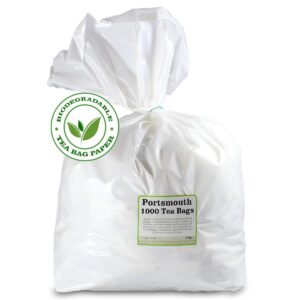
1000 Portsmouth Tea Bags
£34.80— or subscribe and save 10%Add to basket -
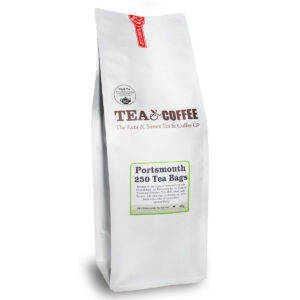
250 Portsmouth Tea Bags
£9.78— or subscribe and save 10%Add to basket -
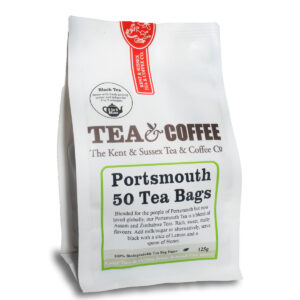
50 Portsmouth Tea Bags
£3.01— or subscribe and save 10%Add to basket -
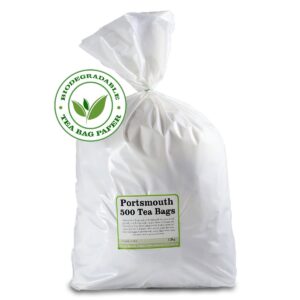
500 Portsmouth Tea Bags
£17.82— or subscribe and save 10%Add to basket -

Camomile Tea Bags
£3.06— or subscribe and save 10%Add to basket -
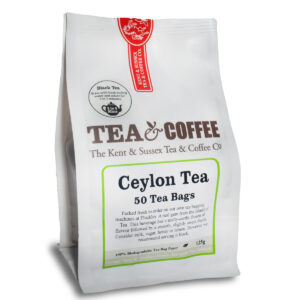
Ceylon Tea Bags
£3.05— or subscribe and save 10%Add to basket -
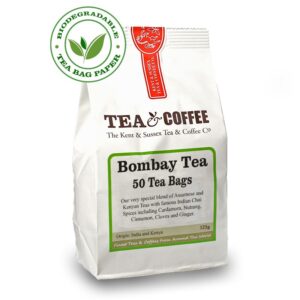
Chai Tea Bags
£3.27— or subscribe and save 10%Add to basket -
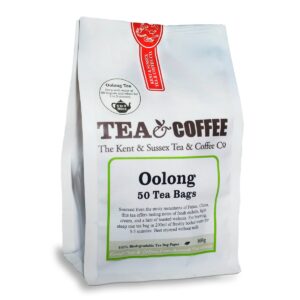
Oolong Tea Bags
£2.86— or subscribe and save 10%Add to basket -
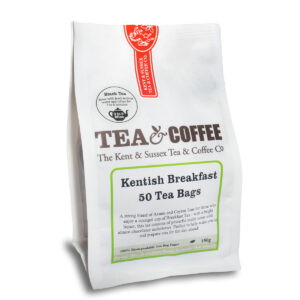
Kentish Breakfast Tea Bags
£2.97— or subscribe and save 10%Add to basket -
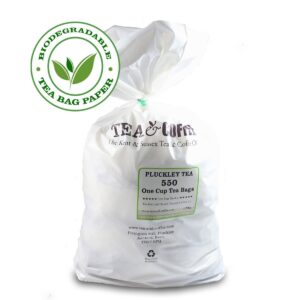
Pluckley Tea 550 One Cup Tea Bags
£13.19— or subscribe and save 10%Add to basket
Tea Bags vs Loose Leaf Tea
A spirited debate is percolating across the globe. People are debating the merits of Tea Bags versus Loose Leaf Tea. Fans of tradition praise Loose Leaf Tea. They champion its beautiful appearance, rich flavor, and superiority.
Yet, to discount the humble Tea Bag would be to ignore its own distinct advantages. Skeptics might find it challenging to produce tangible proof that the quality or character is lacking. This is especially true for biodegradable materials.
It’s true, concerns around the use of plastics in tea bags are valid. We have addressed these concerns with our plastic-free offerings. We will discuss them later. But let’s not brush aside the convenience of them too.
They are undeniably time-saving champions, unmatched conveniences for hectic mornings or unexpected visits. They are the swift solution, the saviours of bustling tea enthusiasts, standing ready to swiftly deliver solace in a cup.
How Much Caffeine in Tea Bags?
The caffeine levels in tea bags can vary greatly depending on the type of tea used. It’s important for those monitoring their caffeine intake for dietary or health reasons. Below is an overview of the different types of tea bags we offer, accompanied by their relative caffeine levels:
- English Breakfast Tea Bags: Containing around 40-70mg of caffeine per cup. This makes them one of the highest caffeine content. Our black tea selection is both robust and invigorating, perfect for a morning wake-up.
- Green Tea Bags: These often have a caffeine content of 20-45mg per cup. Though lighter than black tea, our green tea provides a gentle lift ideal for a midday refresh.
- White Tea Bags: The caffeine here ranges from 15-30mg per cup. Our delicate white teas offer the lowest caffeine level of traditional teas. They are suitable for those seeking a mild stimulant effect.
- Herbal Tea Bags: Our Camomile, Peppermint, and Hibiscus Tea Bags are naturally caffeine-free. They are the perfect choice for drinkers looking to avoid caffeine entirely.
- Oolong Tea Bags: Can have varying caffeine contents. They usually sit between 30-50mg per cup. Our oolong teas are partially fermented. They offer a mid-range caffeine level, appealing to those seeking balance.
The values above are approximate. Several factors can influence them. These factors include the specific tea variety, processing method, and brewing time. Besides, we meticulously source and package our tea. This ensures consistency and quality in every cup.
How Many Calories in Tea Bags?
When considering your diet, it’s natural to ask about the calories in your drinks. Tea bags, much to the delight of health-conscious individuals, contain minimal calories. One can enjoy a standard brew, which typically contains fewer than 2 calories per cup. This makes tea an excellent choice for those monitoring their calorie intake.
Breakdown of Caloric Content by Tea Type:
- Black: Is almost calorie-free when enjoyed without milk or sugar. It contains approximately 1-2 calories per cup.
- Green: Like black tea, expect only 1-2 calories for each serving.
- White: With just 1 calorie per cup, white tea is as light on the palate as it is on caloric content.
- Herbal: This includes options like peppermint and camomile, which are free from calories, making them guilt-free indulgence.
- Oolong: Offering a happy medium with only 1-2 calories per cup, oolong is ideal for a low-calorie refreshment.
Apart from being low in calories, tea is also rich in nutrients. For example, green tea provides beneficial vitamins, including A, B, C, and D. It also has minerals like manganese, potassium, theanine, and zinc. These contribute to its antioxidant properties. They combat harmful free radicals. They may lower the risk of chronic diseases, such as heart disease and type-2 diabetes.
When Were Tea Bags Invented?
All that convenience from a simple bag, but what about its origins? Who conceived this game-changer in tea consumption? The ritual of tea drinking has a storied history spanning over five millennia. The tea bag, a relatively modern invention, was accidental.
It came about in 1908. A New York tea merchant named Thomas Sullivan began sending small, silken bags of tea to his customers. Sullivan only wanted to provide a good way to transport the tea leaves. Yet, his customers plunged the entire bag into boiling water, as one would with a tea infuser.
This mistake proved fortuitous, redefining how tea could be enjoyed. It launched the era of the tea bag, much to the delight of tea drinkers worldwide. The tea bag is popular. However, people have become more aware of the materials used to make them. This has led to a push for more sustainable options.
What are Plastic-Free Tea Bags?
In the zeitgeist of environmental consciousness, we pledge to a healthier planet by shifting to plastic-free tea bags. Since the humble beginnings, we’ve recognised that advancements in materials can contribute to eco-friendly practices.
Thus, our plastic-free selections are crafted from wood pulp and vegetable starch. These materials are considered a “bio-plastic.” Although they share the name with conventional plastics, their environmental impact is substantially lighter.
Not only are these tea bags biodegradable, but they are also composter-friendly. When using our products, customers can return the nutrients to the Earth by simply adding the used them to their garden compost. Our commitment to sustainability is further reinforced through certifications. They meet the EN-13432 standard for compatibility.
Moreover, they carry ISO 9001/2015, Kosher, and Halal certifications. These ensure that our high-quality tea can be enjoyed by a wide range of patrons. They also champion environmental stewardship.
How to Brew the Perfect Cup of Tea with Our Biodegradable Tea Bags
Whether you’ve just learned about the ecological benefits of our biodegradable tea bags. If you’re simply in the mood for a soothing cup, you’ll be pleased to know that our products make brewing a perfect cup of tea effortless.
You don’t need to fuss with loose leaf tea, filters, or infusers. All you need is your preferred tea bag, a beloved mug, a kettle, and a good old H2O. Follow these simple steps for a delightful tea experience:
- Select your tea bag: Place it in your cup. Whether you’re craving zesty lemon or robust Darjeeling, start by adding your chosen tea bag to your cup.
- Boil Fresh Water in a Kettle: Fill your kettle with fresh water to ensure the most oxygen content. The secret to a superior flavor is to bring it to a boil.
- Pour the Boiling Water Over the Bag: Gently pour the water into your cup. Leave a bit of space at the top if you plan to add milk or lemon later.
- Steep According to Tea Type: Allow your tea to steep. This is typically one to two minutes for green, white, or oolong teas. Steep black teas for three to five minutes, and herbal or fruit blends for five to ten minutes.
On warmer days in a warmer climate, when you crave a cool drink, you can use our biodegradable tea bags. They make exquisite iced tea. Simply allow the tea to cool to room temperature, before refrigerating for about an hour.
Serve it up with plenty of ice, cold water, and your favourite garnishes. It’s an invigorating summer treat. There’s truly nothing more refreshing on a scorching day.
What to do with Used Tea Bags
After you’ve finished enjoying your tea, the journey of the tea bag doesn’t have to end. Here are some innovative ways to re-purpose your used tea bags:
Enrich Your Garden: Tea leaves are a natural fertiliser. Bury used them near the roots of your plants to give them a boost with added nutrients.
Freshen up spaces by drying them out: Place them in refrigerators, cupboards, or bins to absorb odours.
Soothe Skin Irritations: Place cool tea bags on minor sunburns, bites, or stings to help relieve discomfort.
Clean Household Surfaces: The tannins in tea are great for lifting grime. Use the tea from used bags to scrub pots, pans, mirrors, and even wooden furniture.
Create a Natural Dye: Tea can be used to dye paper, cloth, and even Easter eggs to give them an antique look.
Feed Your Compost Pile: They are compostable and can help speed up the decomposition process. They also add nutrients to your compost.
By integrating these eco-friendly practices, you not only reuse what would otherwise be waste. You also contribute to a more sustainable lifestyle. So go ahead and enjoy your cup of tea, knowing that even after it’s finished, its journey is far from over. If you want to learn more about this, see more on what to do with Used Tea Bags.
Conclusion
The evolution of the tea bag reflects a blend of serendipity and innovation. It continues to transform our tea-drinking habits. Their accidental invention simplified the brewing process. It also paved the way for sustainability in the tea industry.
As we switch to plastic-free tea bags made from renewable materials. We contribute to a greener, more responsible consumption pattern. After using them you can find inventive, eco-friendly ways to minimise waste.
From enhancing our gardens to freshening up our homes and nourishing our compost, there is an undeniable poetry in the life cycle of a tea bag. The next time we savour a cup of tea, let’s remember that this simple pleasure is more than a soothing ritual. It’s a small but meaningful act of environmental stewardship.

 Loose Leaf Tea
Loose Leaf Tea Pyramids
Pyramids Tea Bags
Tea Bags Africa
Africa Assam
Assam Ceylon
Ceylon Chinese
Chinese Darjeeling
Darjeeling European
European Indian
Indian Japan
Japan Nepal
Nepal South East Asia
South East Asia Ayurveda Tea
Ayurveda Tea Black Tea
Black Tea Chai Tea
Chai Tea Flowering Tea
Flowering Tea Fruit Tisanes
Fruit Tisanes Green Tea
Green Tea Herbal Tea
Herbal Tea Matcha Tea
Matcha Tea Oolong Tea
Oolong Tea Organic Tea
Organic Tea Pu erh Tea
Pu erh Tea Rooibos Tea
Rooibos Tea White Tea
White Tea Asian Coffee
Asian Coffee Caribbean Coffee
Caribbean Coffee Central American Coffee
Central American Coffee South American Coffee
South American Coffee Coffee Blends
Coffee Blends Decaffeinated Coffee
Decaffeinated Coffee Espresso Coffee
Espresso Coffee Ethically Sourced Coffee
Ethically Sourced Coffee Flavoured Coffee
Flavoured Coffee Organic Coffee
Organic Coffee Single Origin Coffee
Single Origin Coffee Chocolate 1
Chocolate 1 Chocolate 2
Chocolate 2 Chocolate 3
Chocolate 3 Chocolate 4
Chocolate 4 Chocolate 5
Chocolate 5 Chocolate 6
Chocolate 6 Chocolate 7
Chocolate 7 Chocolate 8
Chocolate 8 Chocolate 9
Chocolate 9 Loose Tea Filters
Loose Tea Filters Tea Accessories
Tea Accessories Tea Bricks
Tea Bricks Tea Caddies
Tea Caddies Tea Caddy Spoons
Tea Caddy Spoons Tea Gift Ideas
Tea Gift Ideas Tea Infusers
Tea Infusers Tea Strainers
Tea Strainers